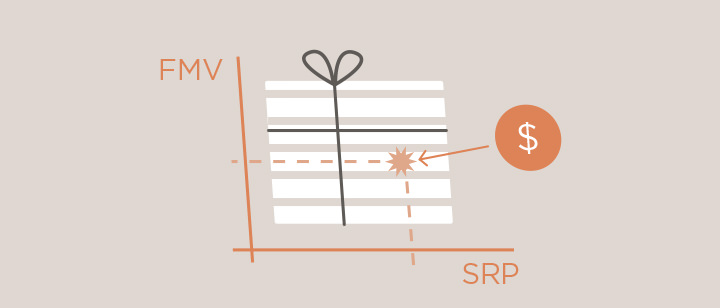
How to Accurately Set Starting Bids For Your Items
Hosting a silent auction is an excellent way to raise money for your organization or cause. And while conceptualizing an auction and compiling a list of items to sell is quite straightforward, many struggle with the more technical details associated with it.
One of the most important decisions of any silent auction is deciding on the starting bid of each item. While this might not seem extremely difficult to determine, it can be quite tricky.
If you set the price too low, you risk undervaluing the item and having it sell for way less than its fair market value. If you set the price too high, you could deter potential bidders and not sell the item at all.
With that in mind, we'll take a look at a number of different factors to consider when accurately setting a starting bid for your items.
Minimum bids vs starting bids
Before we get into a detailed explanation of starting bids, it's important to differentiate between starting bids and minimum bids.
A minimum bid - also known as the reserve price - is the minimum price threshold that an item has to reach in order to be sold.
A starting bid - also known as the opening bid - is the price threshold that has to be met to start the bidding.
A starting bid not only gives bidders an idea of how much an item is worth but it also inspires excitement and competition among attendees and encourages them to bid more.
Fair market value and suggested retail price
There are two factors that can strongly indicate how to accurately price an item - the fair market value (FMV) and the suggested retail price (SRP).
The FMV refers to the price at which an item is sold and considered fair when all parties involved understand all of the relevant facts of the transaction, make the deal willingly, and aren't pressured by outside incentives. There's no formulaic way of determining the FMV. However, a good strategy is to look online and see what other people are willing to pay for the same and similar items.
The second factor is the SRP. The SRP is the price that the product's manufacturer recommends; it's the price that the item would be sold for in a store. Since all of these prices are readily available on almost any product, it's a much more reliable indicator of an item's new value.
By using these two metrics, it's possible to determine an accurate starting bid.
Bid increments
After setting the starting bids for your items, you'll have to turn your attention to setting bid increments - the amount that each successive bid will increase by.
There's a certain art to determining this number as well; too high and you discourage more bidding; too low and you risk selling the item for much less than it's worth.
You also want to consider the balance between the starting bid and the bid increments of an item.
If you set the starting bid of an item high, keep bid increments slightly lower so the price won't jump dramatically after a few bids, and attendees are more incentivised to continue bidding.
If the starting bid is low, then set a bid increment of about 10% of the item's FMV to keep attendees interested while minimizing the chances that the item will sell for less than it's worth.
And that's it. If you have any questions about setting starting bids, understanding fair market value and suggested retail price, or bid increments, please don't hesitate to get in touch at support@bidwell.auction.
